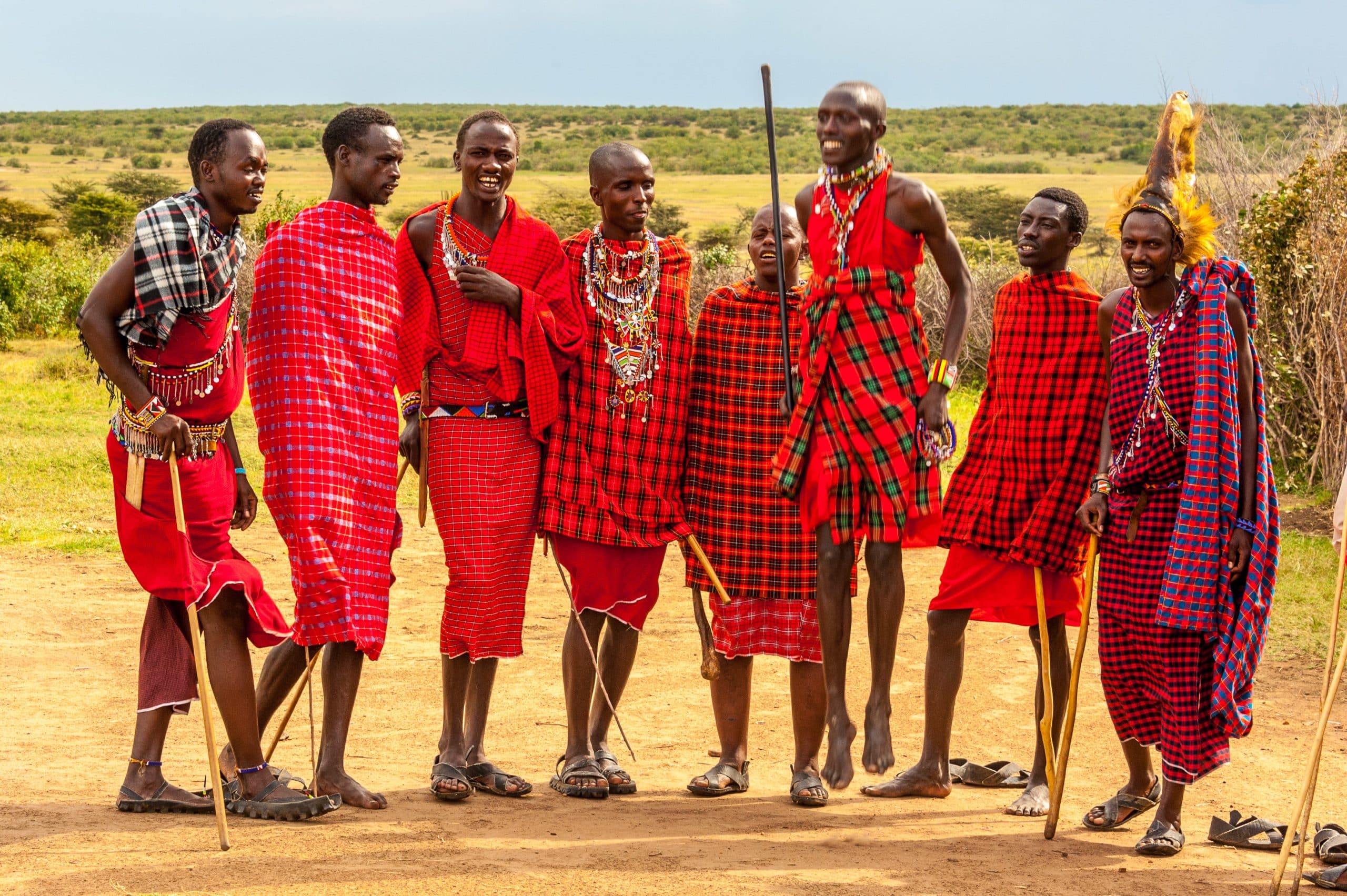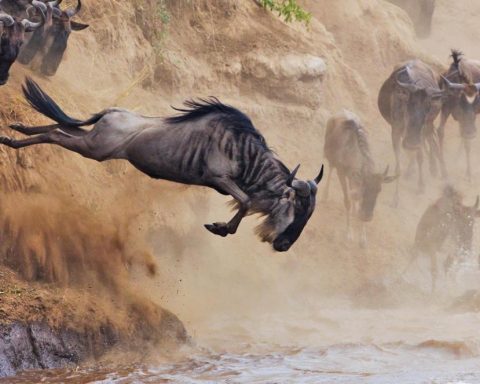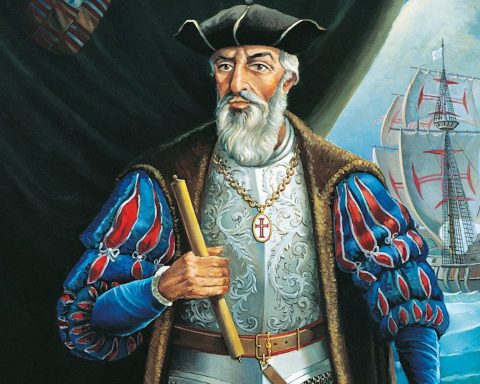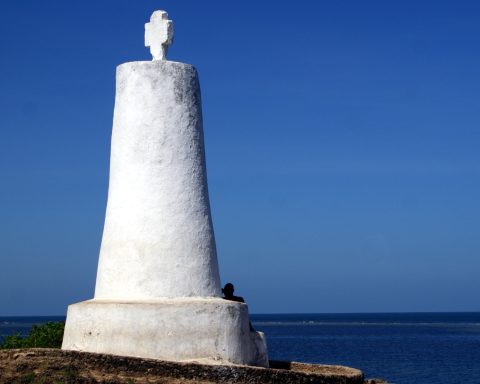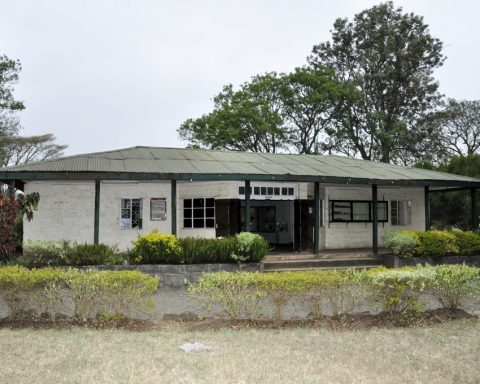The Maasai, one of Africa’s most iconic ethnic groups, has captivated the world with its rich cultural heritage. Nestled in the East African regions of Kenya and Tanzania, the Maasai people have thrived for centuries while preserving their distinct customs, traditions, and way of life. In this article, we embark on a fascinating journey into the heart of Maasai culture, exploring their history, traditional practices, social structure, and artistic expressions.
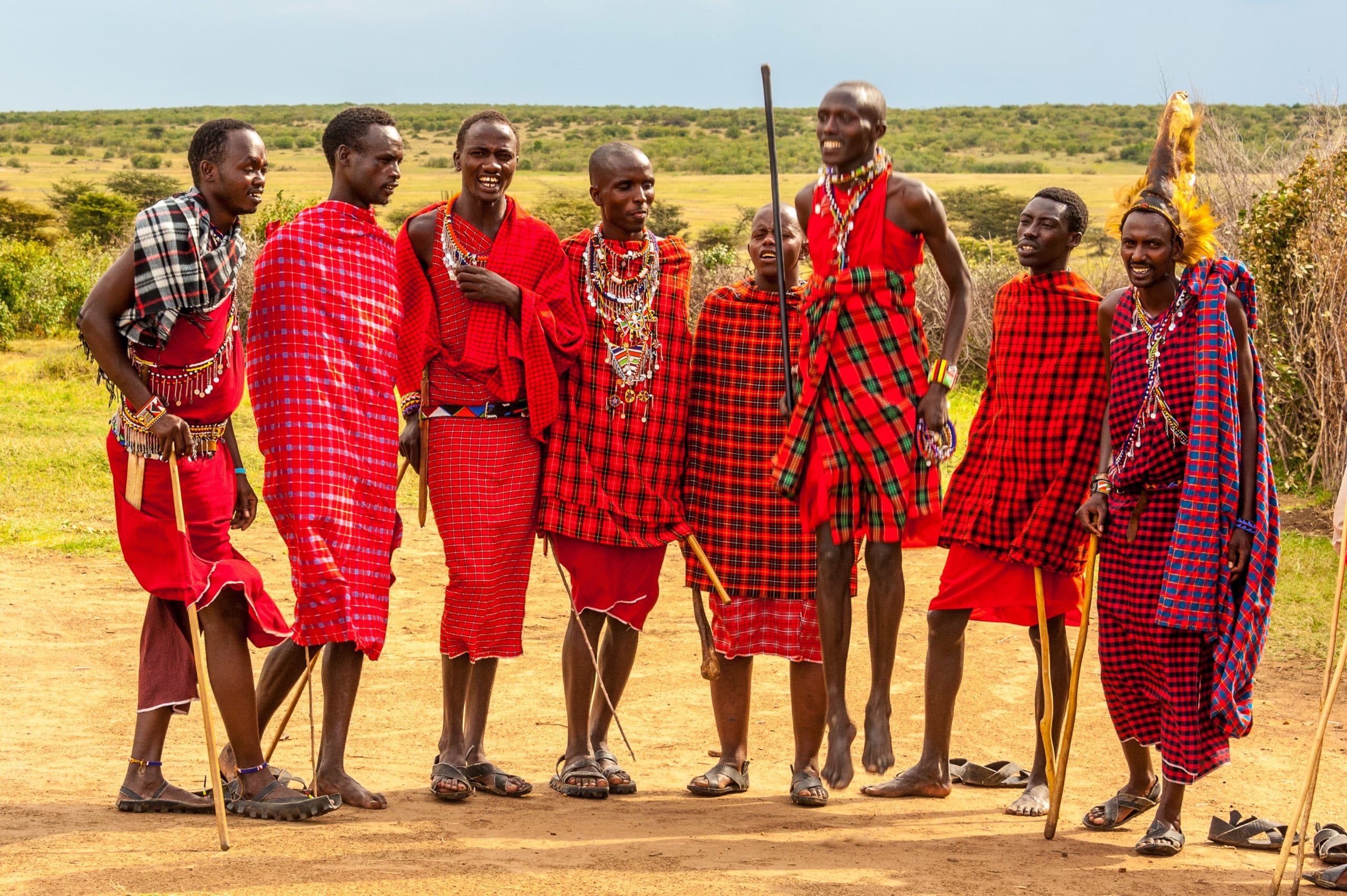
The true spelling of this honorable tribe is Maasai (not Masai), which translates to “people speaking maa.” The British immigrants spelled Masai incorrectly, and it is still in use today. Maasai people have always been unique. They stand out aesthetically due to their vivid crimson robes. Despite the threat, they remain cool under pressure and brave with a spear in hand.

These courageous tribesmen were highly respected by the armed British forces who expelled the Maasai from their territories at the turn of the 20th century. Up until recently, a Maasai child could only become a warrior by using his spear to kill a lion by himself.
-
History and Origin of the Maasai
The Maasai trace their ancestry back to the Nilotic ethnic group, which migrated to East Africa several centuries ago. Believed to have originated from the lower Nile Valley in Sudan, the Maasai gradually settled in the grasslands of the Great Rift Valley. Over time, they developed a unique pastoralist lifestyle, relying on cattle herding as the cornerstone of their economy and social structure.
Read: How Kenya’s tourism is crafted on the colonial image of the ‘exotic Maasai’
-
Social Structure and Livelihood
The Maasai society is organized into age-based segments, known as “age-sets,” which play a crucial role in their social structure and governance. Ol-poor (Age-Set) means that group of youths circumcised in successive years who are given a common name and who perform in common the ceremony called e-unoto, as a promotion from junior to senior warriorhood; each sub-tribe or group of sub-tribes performs this ceremony independently.

Each age set represents a distinct generation, and individuals progress through different stages of life within these groups. The Maasai’s reliance on cattle for sustenance, trade, and cultural significance is deeply ingrained in their way of life. Cattle are considered a symbol of wealth, and livestock ownership is a measure of prestige and social standing.
-
Traditional Practices and Ceremonies
The Maasai uphold a myriad of traditional practices and ceremonies that have been passed down through generations. Among these, the most renowned is the rite of passage from boyhood to warriorhood. This elaborate ceremony, known as “Emuratta,” involves circumcision and marks the transition into adulthood for young Maasai males. Another significant ceremony is the “Eunoto,” a celebration held to honor and elevate young warriors to the status of elders. This event involves singing, dancing, and the sacrifice of animals. It is a vibrant display of Maasai warrior culture and a testament to their resilience and unity.
-
Maasai Art and Crafts
Maasai artistic expressions are deeply rooted in their cultural traditions and reflect their close relationship with nature. Beadwork, a renowned Maasai craft, is a symbolic art form that holds great cultural significance. Beaded jewelry and accessories, meticulously crafted with vibrant colors and intricate patterns, are worn as adornments.
The Maasai culture stands as a testament to the richness and diversity of African heritage. Their resilient spirit, deep connection to their land and cattle, and commitment to preserving their traditions have allowed them to flourish despite the pressures of modernization. By immersing ourselves in the fascinating world of the Maasai people, we gain a deeper appreciation for their history, traditional practices, social structure, and artistic endeavors. As guardians of a timeless tradition, the Maasai continue to inspire and captivate the world with their vibrant culture.
Read also: Let’s Explore the Famous Samburu National Reserve
5. The Future of Maasai Culture

The Maasai tribe has maintained its proud culture since it moved into Kenya from Egypt and Ethiopia in the 17th and 18th centuries. Their red-checked shukas and elaborate jewelry are a picture of beauty and age-old traditions. But are modern-day pressures putting this near-iconic tribe at risk?
In the past, the Maasai and the wildlife simply lived together, in balance but less land for an ever-growing Kenyan population means less land for the Maasai, their livestock, and wildlife. More and more, a lion will take a cow or some goats and get killed in retaliation. Lions are a disappearing species: their numbers plunged from 100,000 ten years ago, to about 14,000 today.
Today other modern-world pressures are, in many ways, pushing the fierce Maasai warrior to the brink. The Maasai Association goes as far as to say their ‘culture is quickly eroding at the expense of civilization.’

